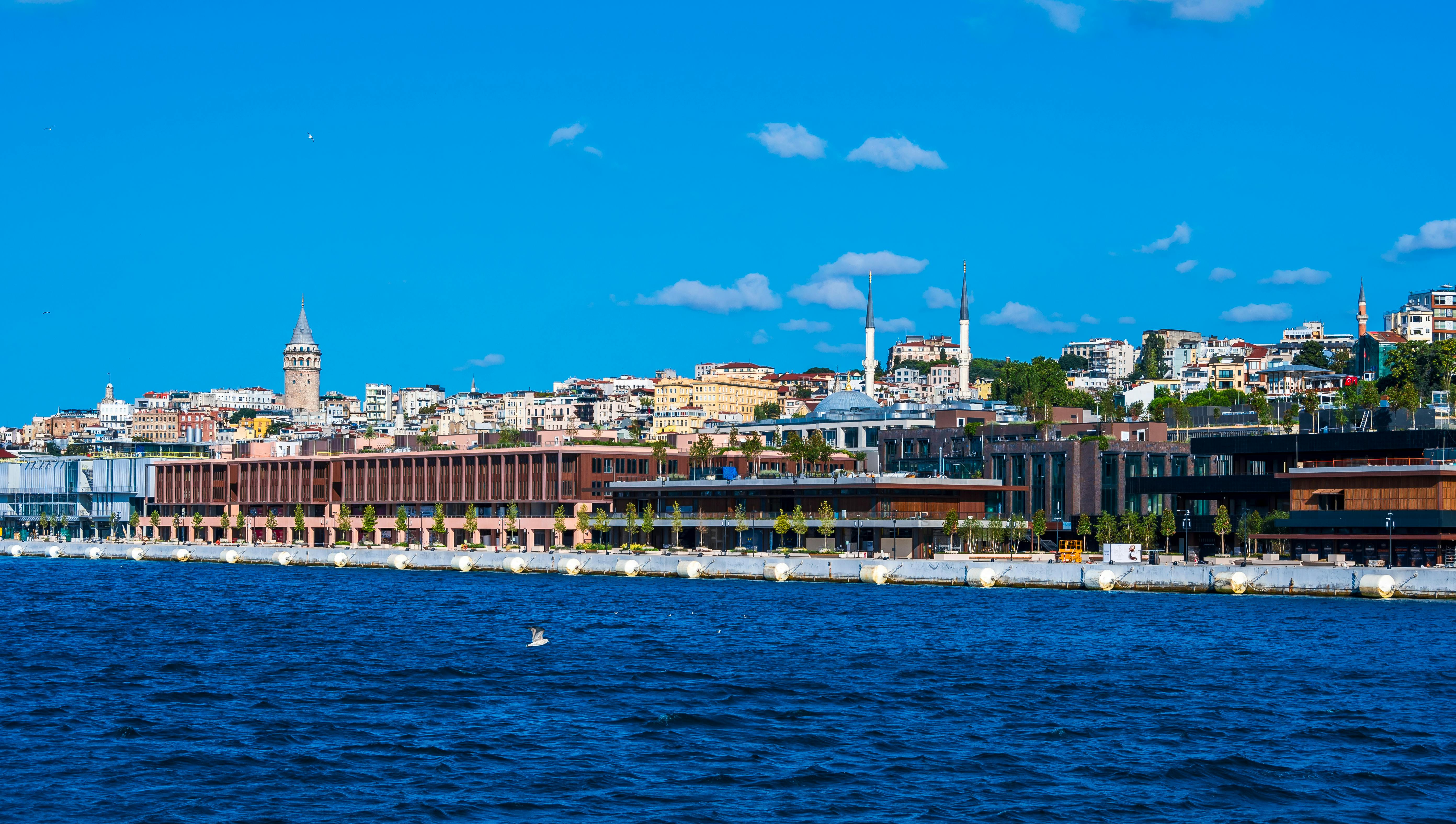Closed for 200 Years, Istanbul’s Galataport Is a Destination Within a Destination
“If one had but a single glance to give the world, one should gaze on Istanbul.” — Alphonse de Lamartine
More than a century later, the words of the 19th-century French author, poet and statesman still convey the enduring essence of Istanbul. The city, which singularly spans two continents — Europe on one side of the Bosphorus Strait, Asia on the other — has long inspired visitors with its opulent palaces, mosques, churches and remnants of civilizations long past and glorious bazaars crammed aisle after aisle with exotic goods.
Istanbul’s contemporary aesthetic is no less alluring. Stylish, 21st century Istanbul seemingly has everything a superb destination needs. It also has Galataport, loaded with generative technology, shops, restaurants, attractions and the world’s first underground cruise terminal, an innovation Istanbul is uniquely suited for.

“The design was inspired by the 14 underground antique cisterns of Istanbul,” says Figen Ayan, chief port officer. “The terminal designer wanted to build the futurist 15th one.”
More than 1.5 million passengers are expected to pass annually through the terminal’s quasi-futuristic spaces.
If you see the area today, it’s hard to imagine this once-formidable hub of shipping and commerce was left abandoned and decaying, closed to the public for more than 200 years. Now, it’s a thriving destination within a destination.
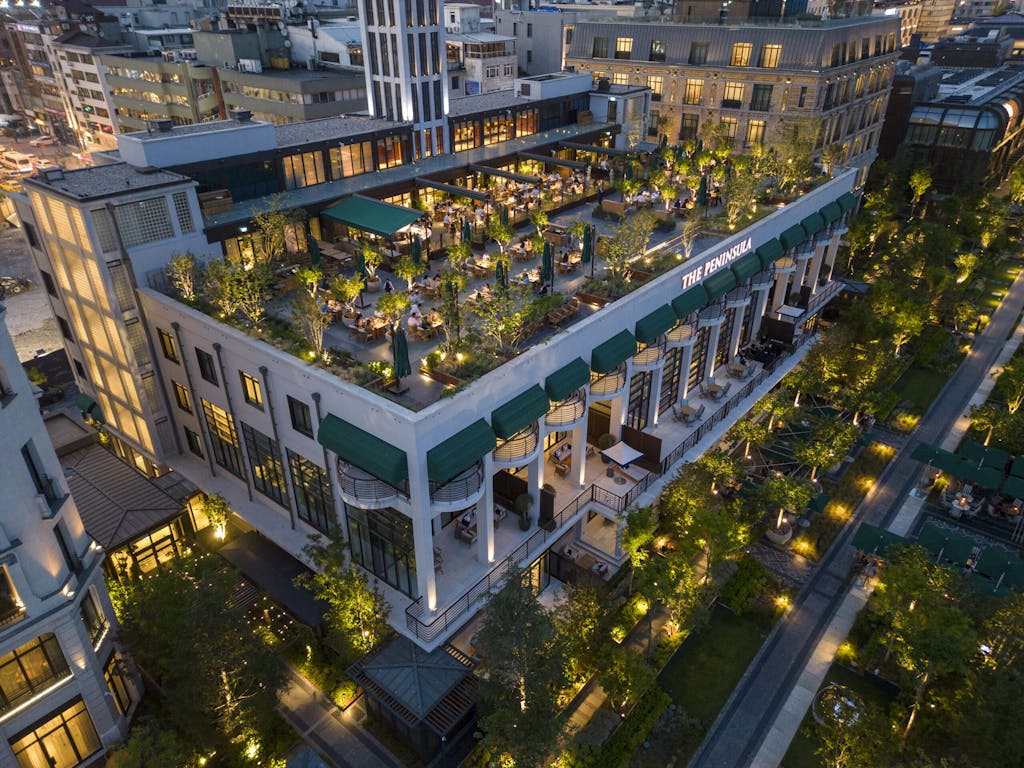
Galataport’s fusion of new and renovated historic spaces encompasses more than 200 retail shops and 40 restaurants — 25 overlooking the water — a restored clocktower, two museums and the uber-elegant Peninsula Istanbul Hotel, a short stroll from the terminal for those starting or ending their cruise in Istanbul.
A broad promenade beside the Bosphorus beckons visitors and locals to saunter and take in views across the Golden Horn.
Perhaps more than anything, Galataport is a compelling example of how to make the ordinary extraordinary through innovative engineering, technology and design. Nothing about it is mundane. As the second largest LEED Platinum project in Europe, preservation and sustainability were integral from the start.
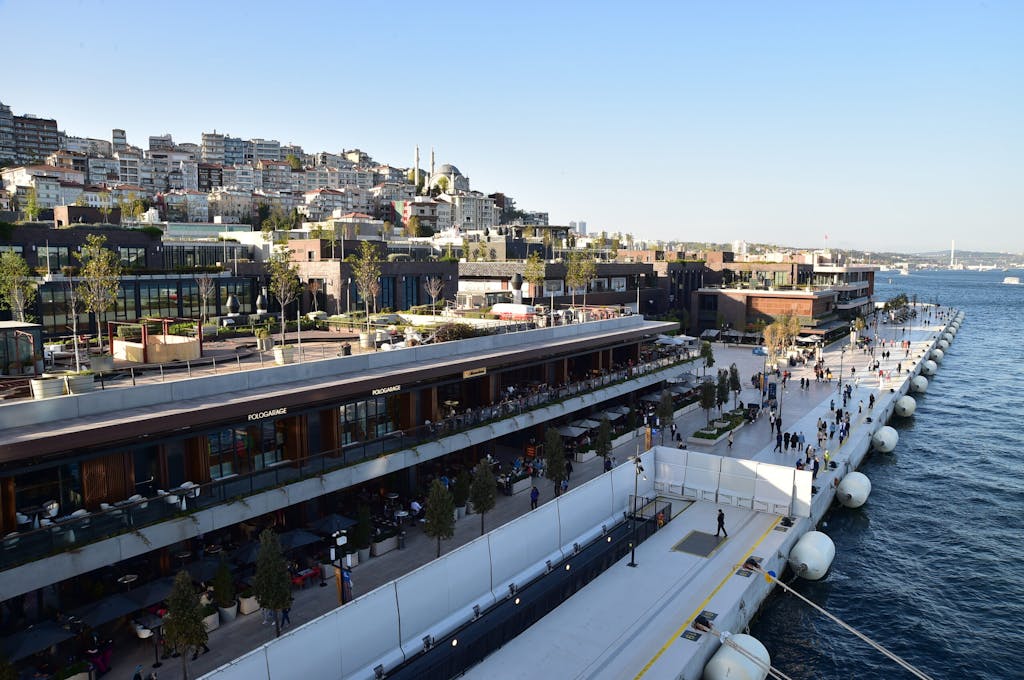
Of-the-minute technology made much of it possible. Air-conditioning units, for example, are nowhere to be seen yet every building remains cool even on oppressive summer days, thanks to a labyrinth of pipes carrying Bosphorus seawater throughout the facility.
Safety and security were also prioritized. Although the promenade and Galataport’s extravaganza of dining and retail remain accessible to the public, cruise passengers disembark into a secure area created by an ingenious system of massive hatches that rise from the promenade using hydraulics to form a walled space for customs and entry into the underground terminal.
Below ground, passengers meet their official tour guides and board buses for shore excursions or ride escalators up to street level to explore on their own.
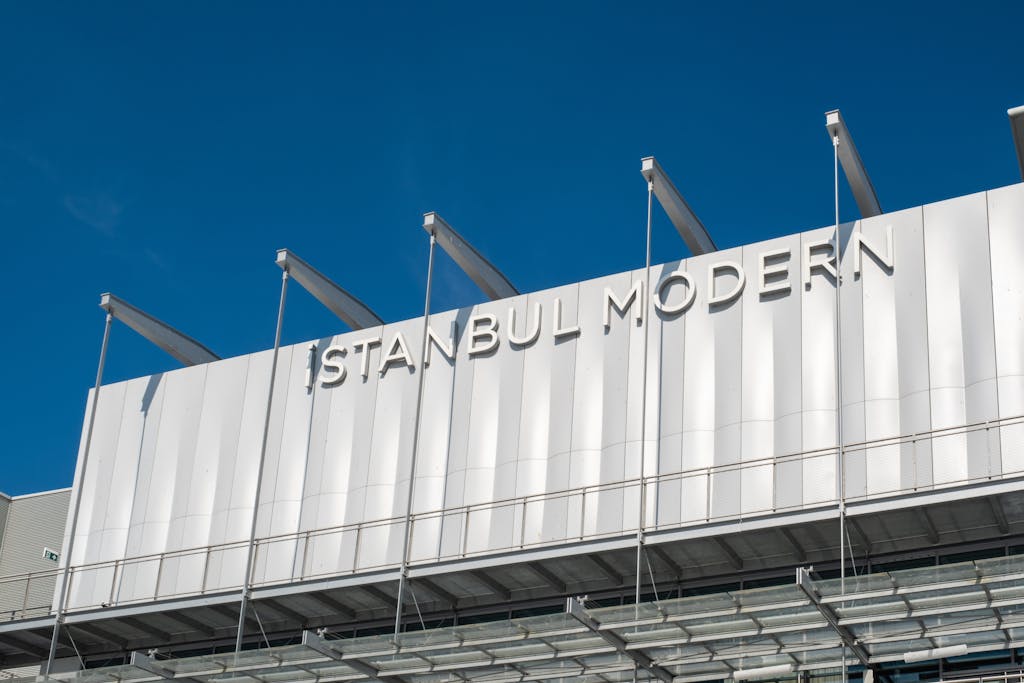
Those who have already toured Istanbul or simply want to explore Galataport will find plenty to see and do. Turkey’s first museum of modern and contemporary art, Istanbul Modern, is here. Designed by the Renzo Piano group, the glittery, contemporary structure of glass, metal, circular columns and sharp angles was inspired by the play of light and reflection on the Bosphorus.
“The new Istanbul Modern museum is a study in contradictions: It provides stunning views across the water of the Hagia Sophia Grand Mosque on the European side of this city and to Asia to the east, but at first glance, it looks, simply, like a spiffy stack of waterfront containers,” David Belcher of The New York Times wrote in a June article. “And both of those aspects of its design are the point.”
Along a historic square and park behind the main buildings sits Mimar Sinan Fine Arts University, The Painting and Sculpture Museum, affiliated with the university, holds about 13,000 pieces from the late Ottoman and early Turkish Republic periods. The 1905 Tophane Clocktower, fully restored, rises at the square’s heart.
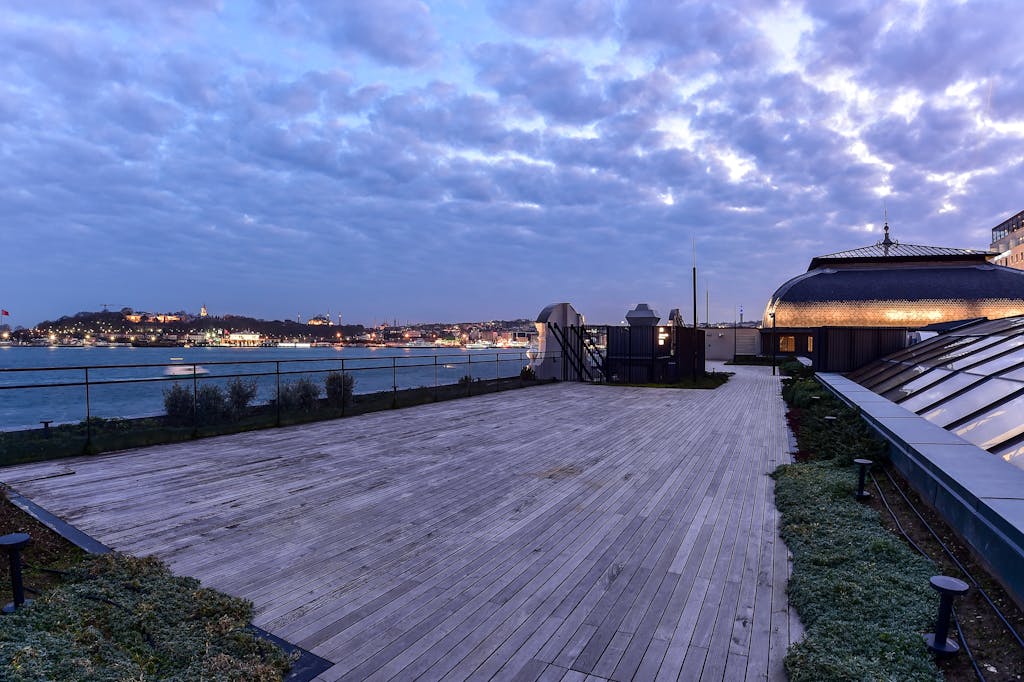
Although many of Galataport’s stores are typical of upscale shopping venues elsewhere, the Old Post Office Building, once shuttered and derelict now transformed, rewards savvy shoppers with curated treasures from 30 to 35 Turkish artists, fashion designers, jewelers and artisans. Carpets, spices, haute couture, art pieces and the country’s revered Iznik tiles are among the goods to consider, as well as tasty local foods and fragrances from a perfumer with roots dating to the 1800s.
The mostly ultra-contemporary ethos of Galataport is in contrast to the ancient neighborhood around it. Settled in the 12th century by the Genoese, Karaköy welcomed many cultures after including Jews, Greeks, Romans, French and Ottomans. The 14th century Pisa-esque Galata Tower Museum is among its notable sites.
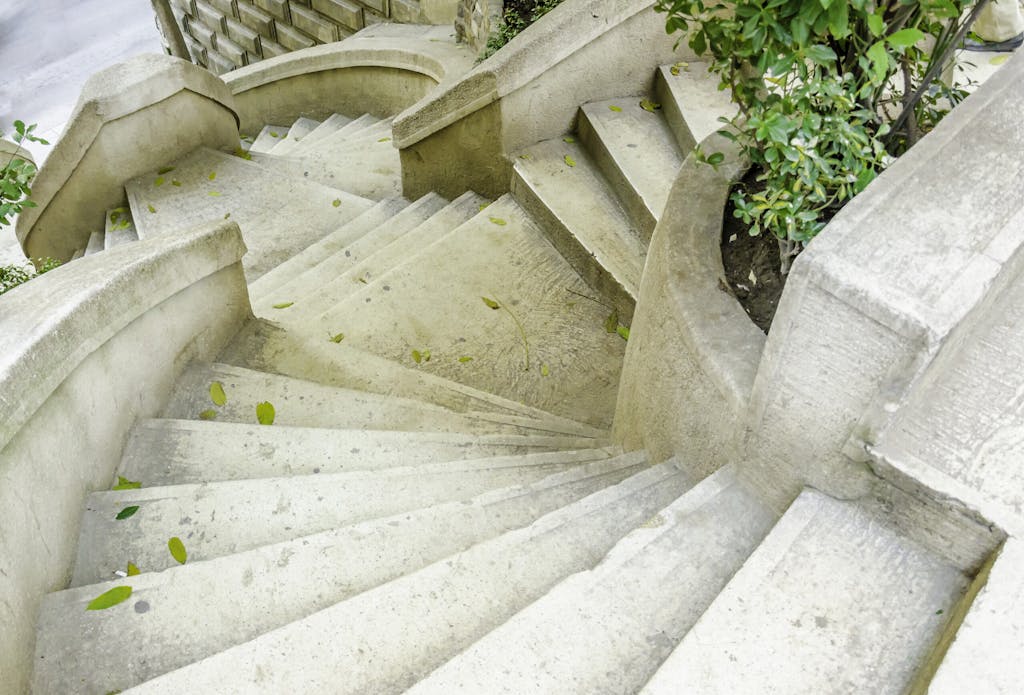
Walk up the seriously steep, narrow steps to the top if you dare, or ride the elevator for a less intensive experience. Either way, the reward is sweeping panoramic views across the city from the ancient parapet. Karaköy has other famous steps. Connecting the city’s long-ago banking district to upper Karaköy, the Camondo steps were built by the city’s most influential Jewish family, bankers to the Ottoman Empire. The family survived the Inquisition but not Auschwitz.
Abraham Salomon Camondo built the evocative, hexagonal-shaped stairway in the 1870s. It’s a worthy photo op but avoid midday when Instagrammers typically descend. Near the top of the steps on Felek Street, the family’s former home is now DeCamondo Galata, part of a Marriott Tribute Portfolio hotel. Consider dinner at Moise Karaköy, the boutique property’s intimate rooftop restaurant with a stellar menu of Turkish dishes, nice wine list and sunset views as backdrop.
Some Karaköy residents call Galataport ill-fitted for the traditional community. Developers sought to integrate it by preserving historic structures and keeping the profile low. Reopening the long-closed area to the public was important.
“Walking along this beautiful waterfront overlooking the historical peninsula, this is a gift to the city and the country in a way,” Ayan says.
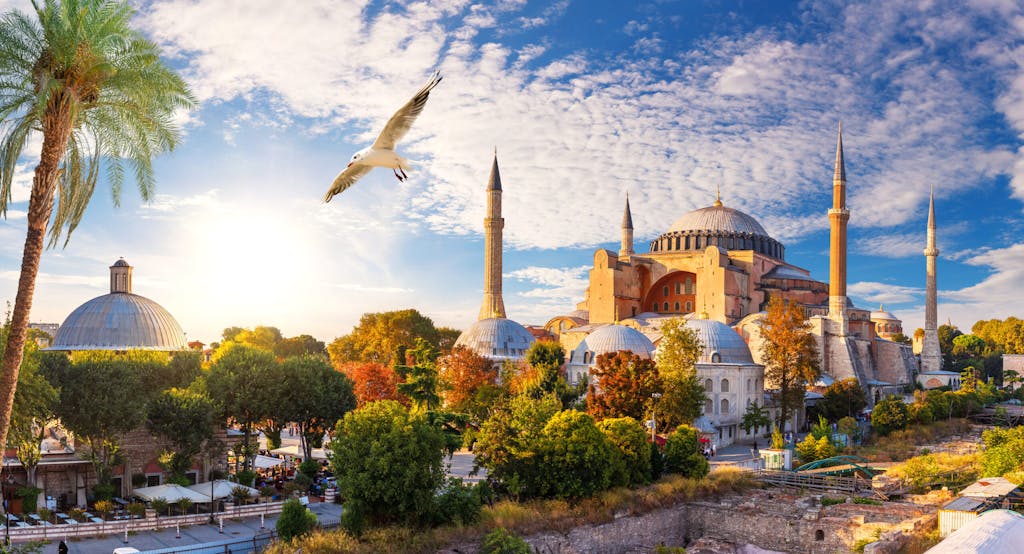
Change is rarely fully embraced. Still, Galataport is a gem of modern Istanbul, not to be explored instead of the city’s mesmerizing sites but along with them. First-time visitors should see the remarkable places that have drawn poets and conquerors, passengers and pilgrims to Istanbul for centuries — Topkapi Palace, the Blue Mosque, Hagia Sophia, Basilica Cistern, the Hippodrome, all just across the sparkling Strait from the port. They’re but a start.
Shaped by more than 14 centuries of history and countless diverse cultures, Istanbul has so much more to see than is possible in one or even several visits. The solution: Plan to return. Even Galataport will likely have something new the next time around.
